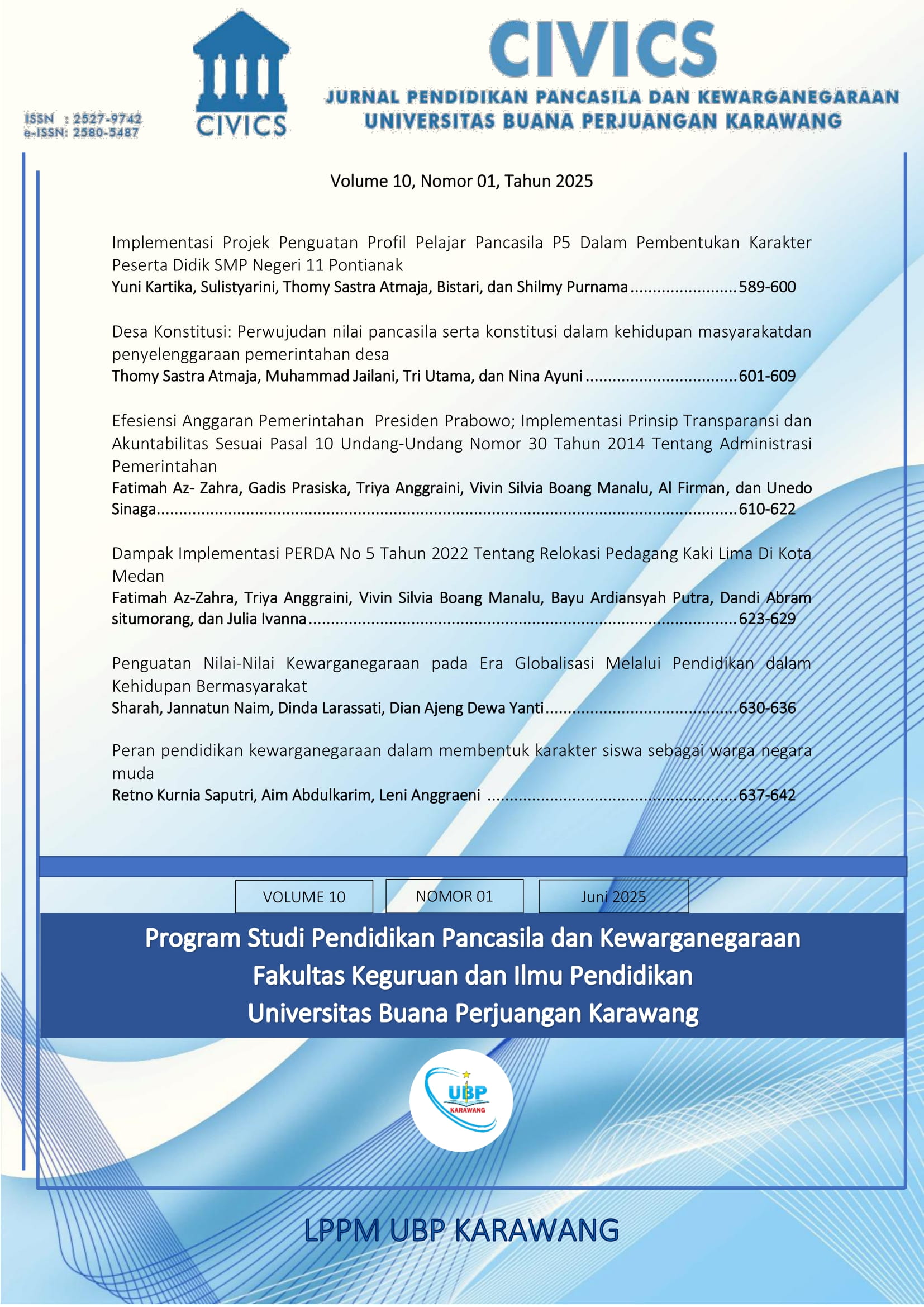STRUCTURAL POVERTY: THE DOUBLE BURDEN PHENOMENON OF FEMALE SCAVENGER PICKERS IN INDONESIA
DOI:
https://doi.org/10.36805/civics.v10i01.9282Abstract
Abstract This article explains the life of Indonesian female scavengers in facing the double burden phenomenon that occurs at the TPA Batu Layang Departing from C. Wright Mills' theory, this article discusses how structural poverty can encourage the double burden phenomenon. The qualitative method of the phenomenological approach is used in this study. Seen from its history, female scavengers are refugees who migrated to Pontianak City and chose to work as scavengers due to the Madurese and Malay ethnic conflict in 1999. Low resources, high economic demands make it difficult for female scavengers to get a prosperous life so they decide to play a dual role. It was found that out of 12 female scavengers, only 5 scavengers received social assistance because there was no equal distribution of social assistance from the government, so they had not received their rights and justice. The scavengers' mindset regarding the importance of education has now begun to change with evidence that some of their children continue their education to a higher level of education. This article argues that government support in the form of increasing women's resources, social assistance and education has a significant impact on the welfare of female scavenger families amidst the double burden phenomenon they experience








1.png)





